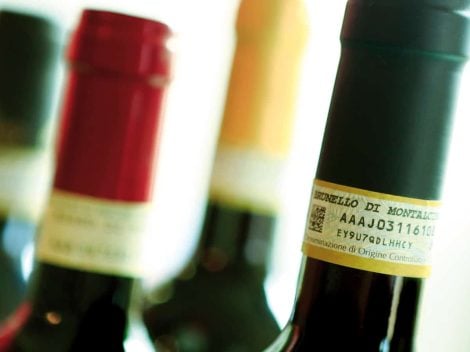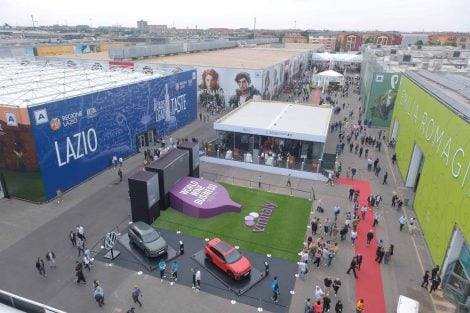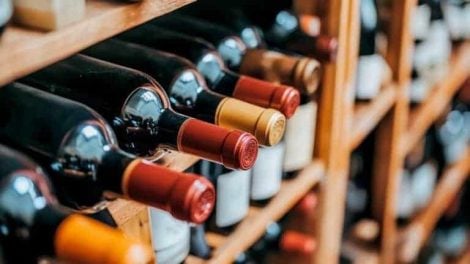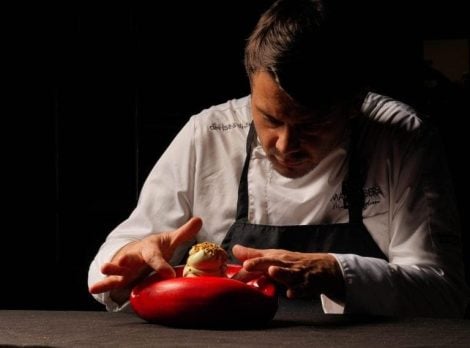Often, when talking about Florence, it's easy to fall into stereotypes. Those who are not from the city tend to stick to the historic center and try out the typical cuisine that many tourist restaurants don't offer. Yet, there exists another city, where Florentines truly live, a city made of neighborhoods and outer suburbs rich in gastronomic novelties. As we wrote in this article back in 2023, driving the resurgence of the capital's gastronomic scene are first-generation ethnic entrepreneurs who have decided that their talent should not be limited to a stereotypical offering.
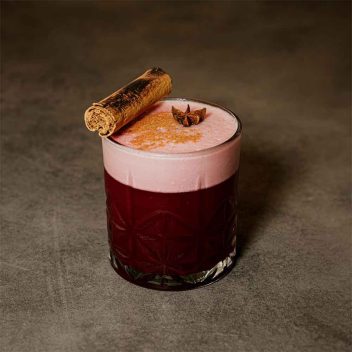
What's on the menu at Sevi in Florence
Sevi, the restaurant opened by Francys Salazar a year ago, is exactly the demonstration of this, showing how one can do fine dining international cuisine and convince the public not only with a Japanese proposal. The young chef started as a student of Fabio Barbaglini (who has overseen kitchens at La Mènagère, Gilli, Paszkosky, just to name a few famous addresses in the city) and caught attention in the city when managing the proposal of S’BAM Ceviche & Cocktail on the terrace of The Social Hub in tandem with the then Bar Manager Luca Manni.
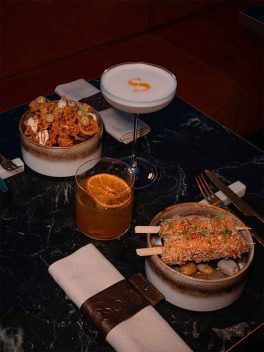
His first venue opened together with his wife Jhoseleen Condori (who oversees the dining room) a few hundred meters from where the current one is located, was little more than a seated street food spot, yet serving the best reinterpretations of South American cuisine in all of Tuscany. The success was so immediate that in no time, the duo had the means to expand, opening a much larger restaurant with an open kitchen and undisguised ambitions for quality. A considerable challenge, as maintaining a service of this level and a kitchen brigade up to par, the menu prices are certainly not what one would expect when comparing with the competition. However, also thanks to the global rise of great South American chefs (especially Peruvian) and of Nikkei cuisine as a new field of curiosity, the project has continued to grow.
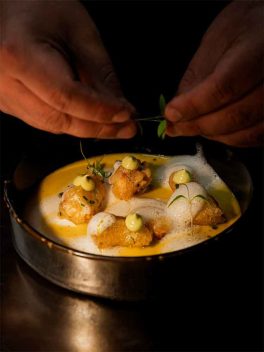
Fortunately for us, it's not only the prices that are different; it's mainly the menu and the quality that are hardly comparable to the rest of the city's dining scene. A proposal that ranges from Nikkei dishes to traditional South American ones, starting from the Ceviche made with daily catch, leche de tigre, ají limo, coriander, cancha, choclo, sweet potato puree, and marinated onion, moving on to lesser-known dishes like the Tartare Acevichado, tartare with tuna, ponzu, rice wafer, and nori seaweed powder, or the Anticuchero Octopus, marinated and seared octopus, ají panca sauce, chimichurri, potatoes, and huancaina sauce. And since commitment and dedication have paid off, especially in these days when they celebrate the first anniversary in the new location, Sevi has decided to reveal a new hidden secret.
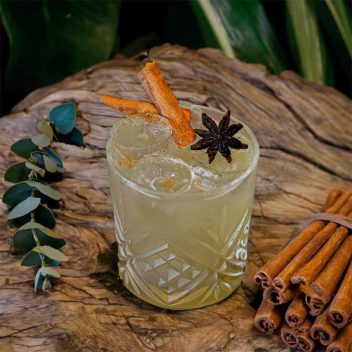
The underground cocktail bar
In the underground space located beneath the main dining room of the restaurant, a new cocktail bar has been quietly built, ready to offer drinks and food very different from those upstairs. In this elegant space, where colored lights hang from real trees, people come to listen to live music and eat specially crafted tapas, such as Alitas acevichadas (fried chicken wings, acevichada mayo, coriander, sesame, chives) or the Bao con chicharron (homemade steamed bread, low-temperature cooked pork collar, chili sauce, truffle Nikkei mayonnaise, onion salad) or Crispy Calamari (fried calamari, tzatziki sauce, cancha, lime zest, chives, togarashi) and the excellent Panko Octopus (fried marinated octopus, anticuchera mayonnaise, spiced panko, lime gel).
As for the cocktail list, Francys enlisted the support of one of the big names in Italian mixology, Luca Manni, current bar manager of the Valenza Group, who had previously collaborated with the young Peruvian chef as mentioned earlier. A human connection that goes beyond the simple professional sphere and led Luca to sign the drink menu of the newborn cocktail bar, which offers fusion cocktails between local and Andean culture such as "Il Conte Sevi" based on Pisco, passion fruit, white vermouth, white bitter, but also bold cocktails that use unusual elements of Peruvian gastronomic culture.
In the "Macchu pisco," for example, we find Pisco, tropical liqueur, the famous leche de tigre with aji amarillo (which is used in the preparation of Ceviche), lime cordial, and the iconic Inca Kola, the yellow fizzy and sweet drink that you'll find in every ethnic market in your city, as well as in the homes of all Peruvian families.
Sevi and Sevi Interior
The opening of this new space, named Sevi Interior, not only serves to create a different mixing offering but also to push the restaurant in an even more ambitious direction. In fact, if the cocktail bar aims with its tapas proposal (but also with half-portions of some classic dishes) to also function as an informal bistro, the upstairs level will raise the bar even further, becoming the first ethnic restaurant in Florence to offer a 7-course tasting menu, with the possibility of pairings. An extremely ambitious challenge for international cuisine located outside the historic center, but up to this point, Salazar has shown that with will and effort, everything is possible, including making North Florence one of the hubs for Andean cuisine worth embarking on a journey for.

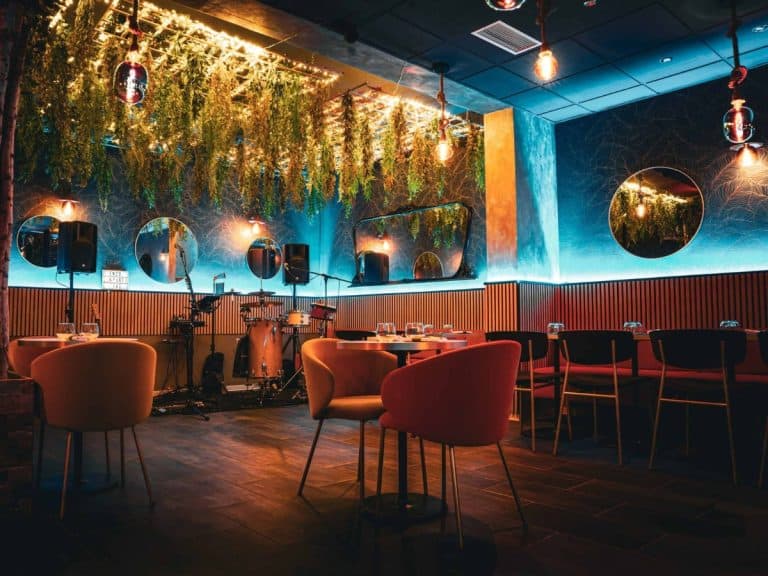
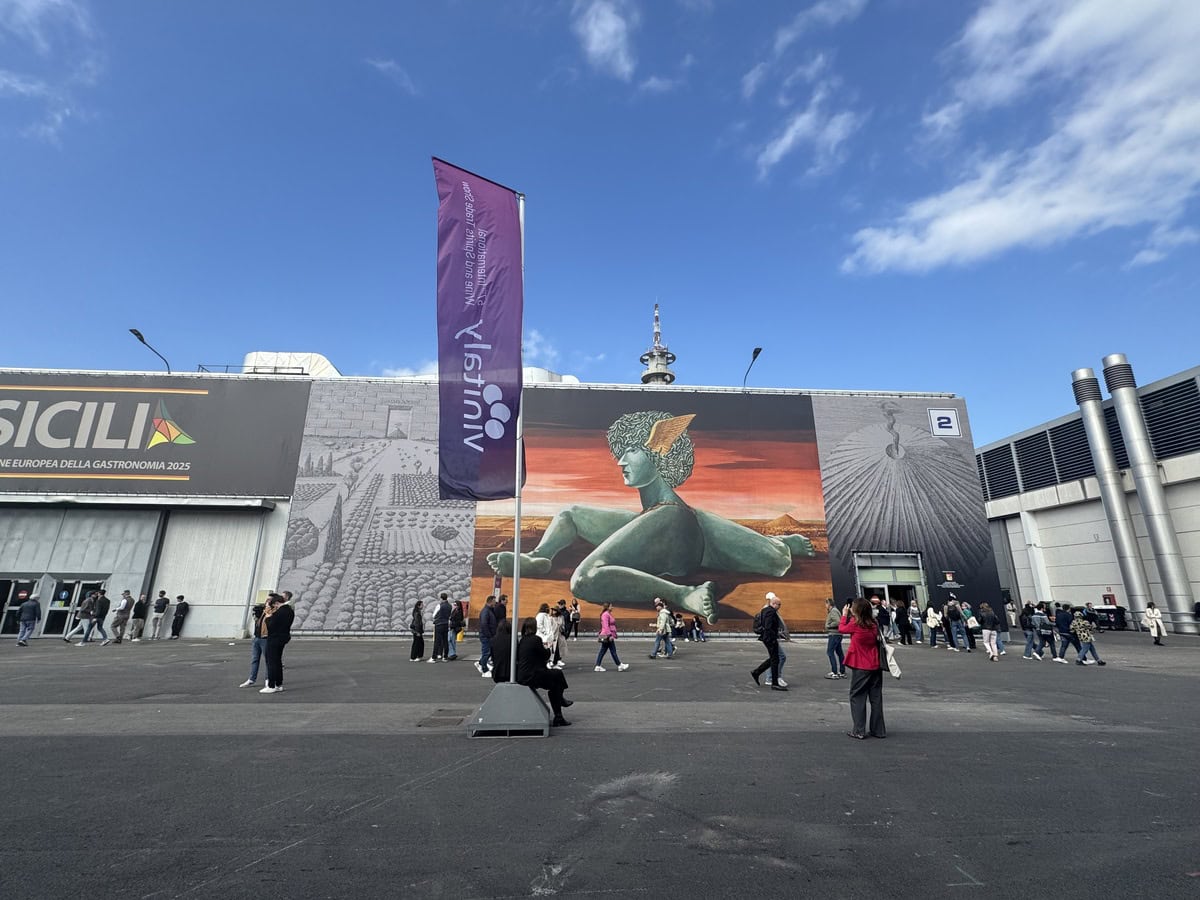 Lost inside Vinitaly? Here are five tastings to try, according to Gambero Rosso
Lost inside Vinitaly? Here are five tastings to try, according to Gambero Rosso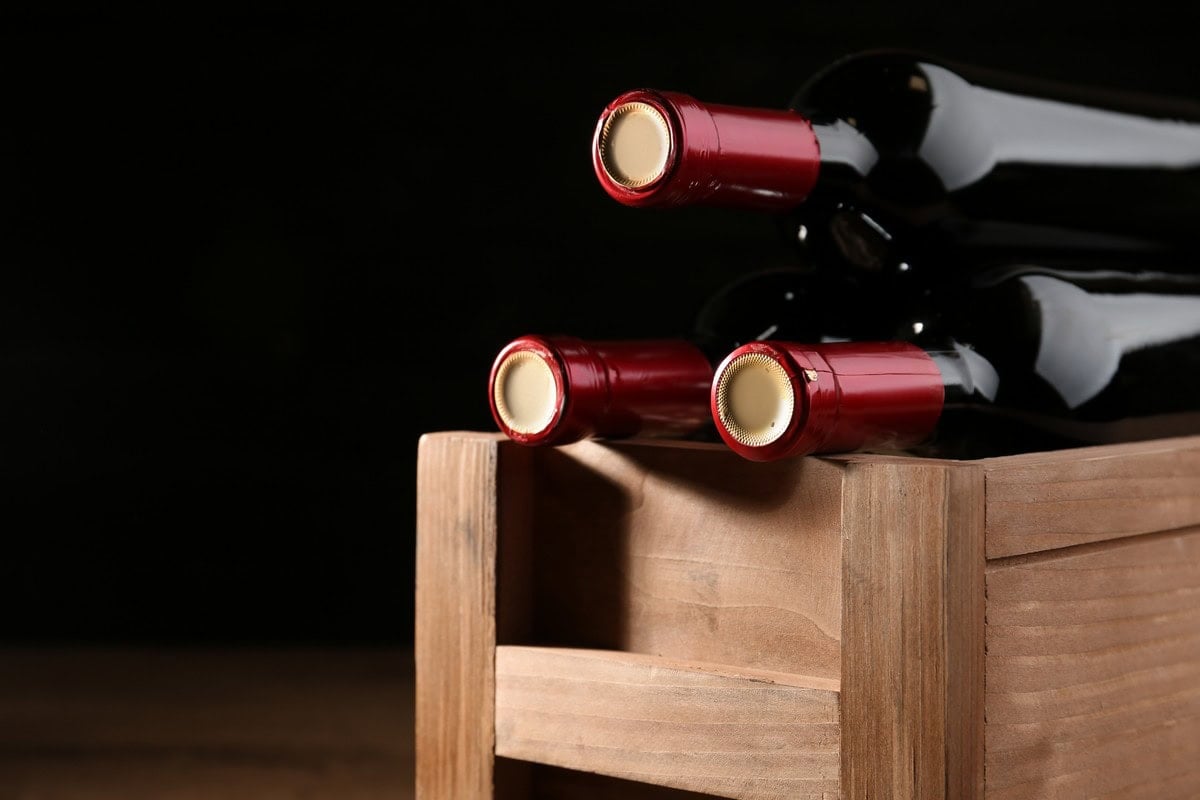 The US market accounts for 24% of global exports of Italian wine. Federvini: “We cannot risk being pushed out”
The US market accounts for 24% of global exports of Italian wine. Federvini: “We cannot risk being pushed out”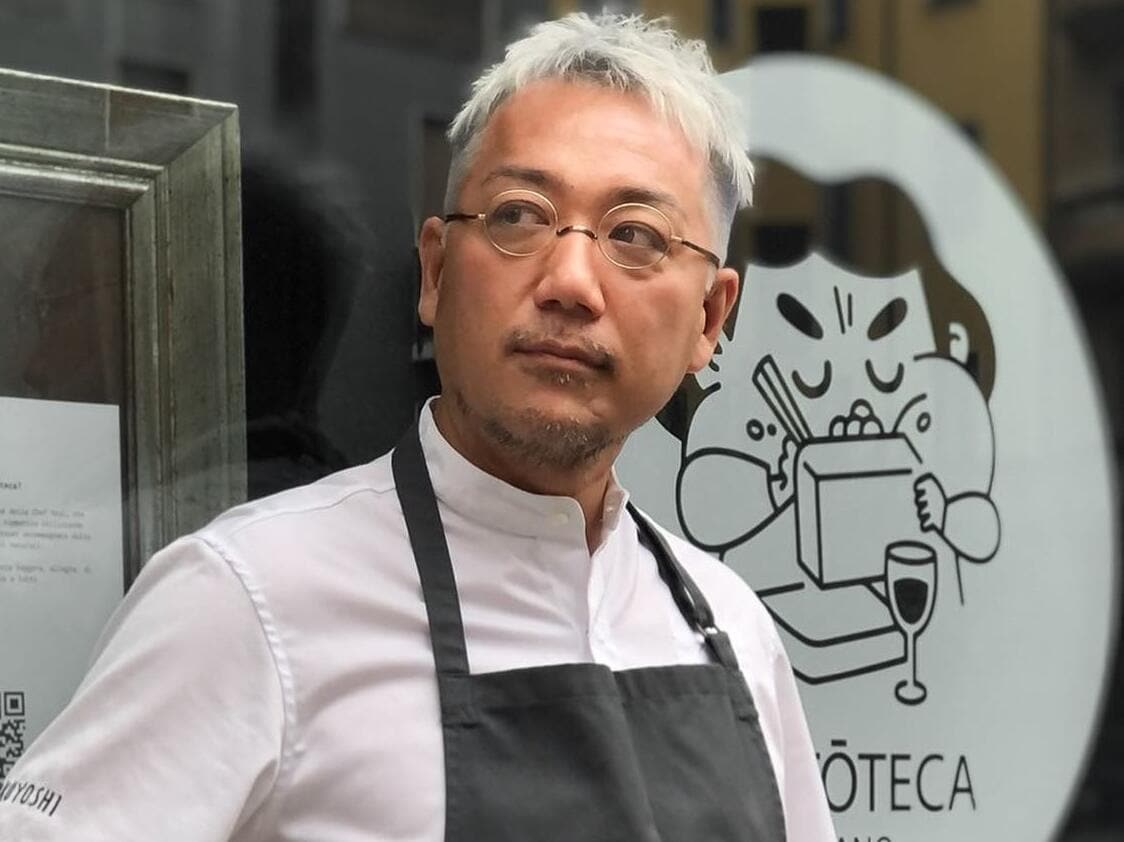 The Japanese chef who gave up the Michelin star opens a place in Milan where you dine barefoot and listen to Hi-Fi music
The Japanese chef who gave up the Michelin star opens a place in Milan where you dine barefoot and listen to Hi-Fi music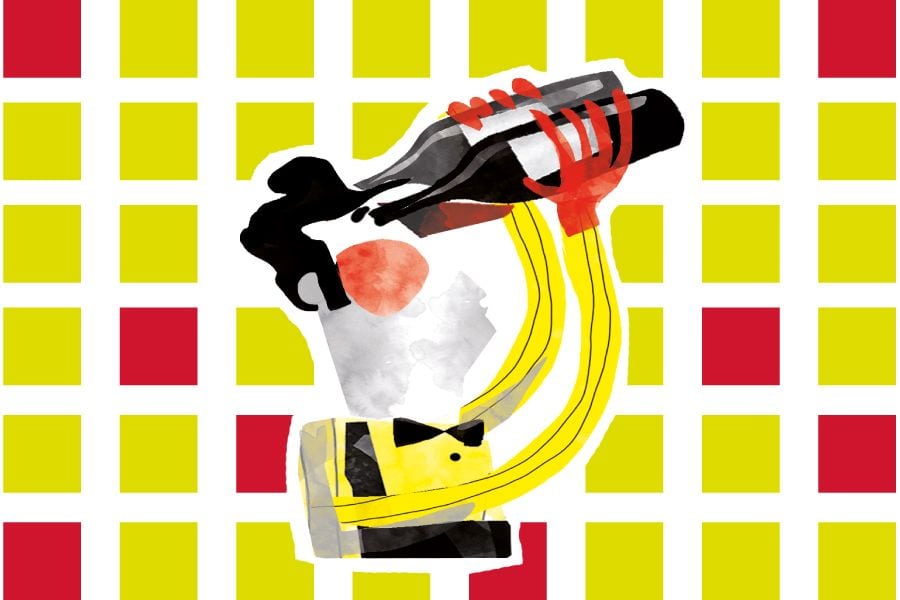 For the first time, Vini Rari arrive at Vinitaly 2025. Here's what they are
For the first time, Vini Rari arrive at Vinitaly 2025. Here's what they are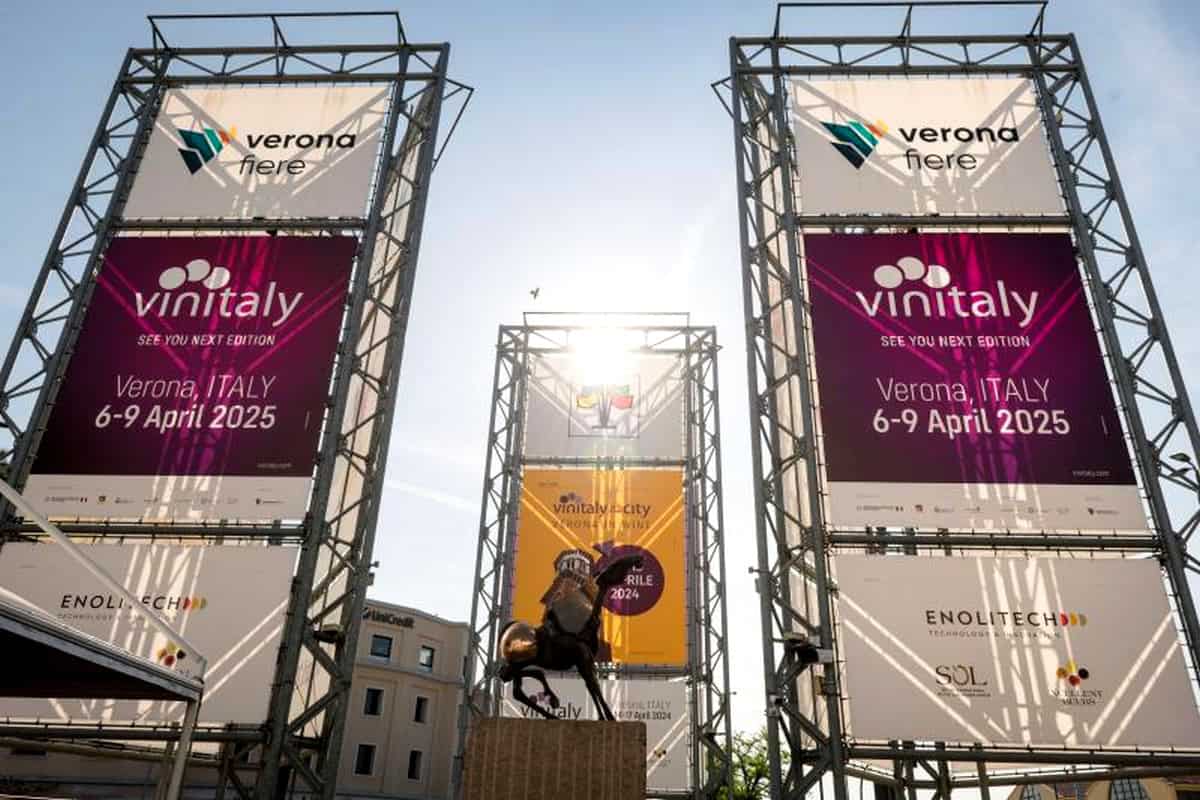 Here are all the events to watch out for at Vinitaly 2025
Here are all the events to watch out for at Vinitaly 2025